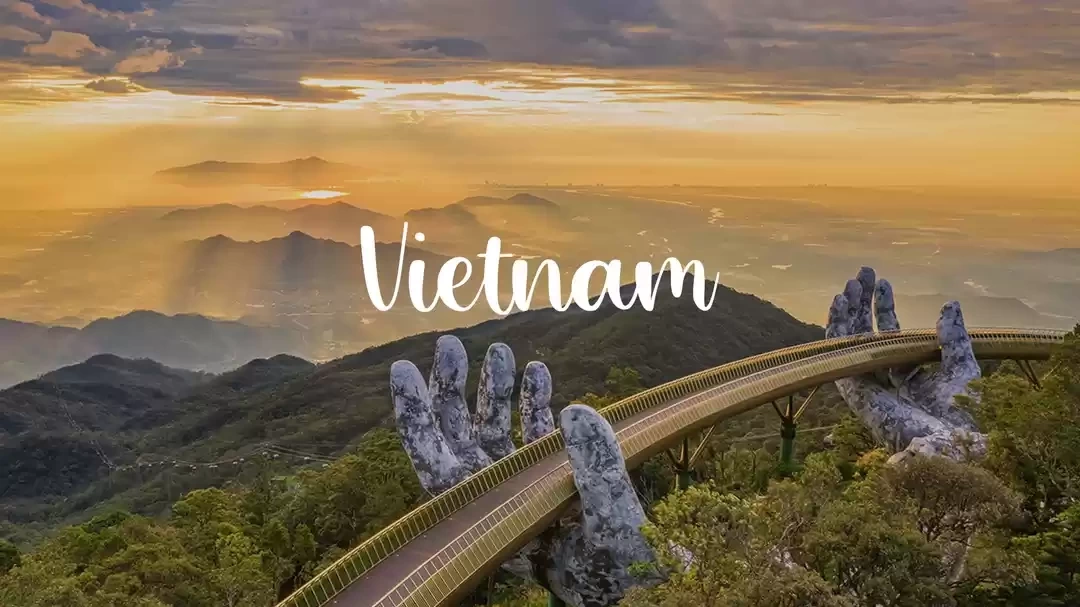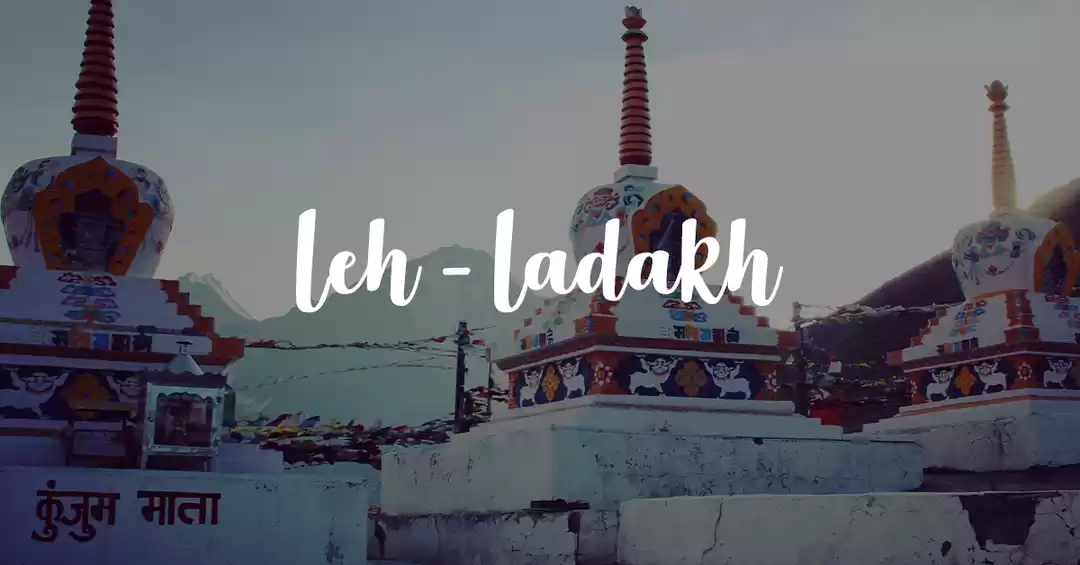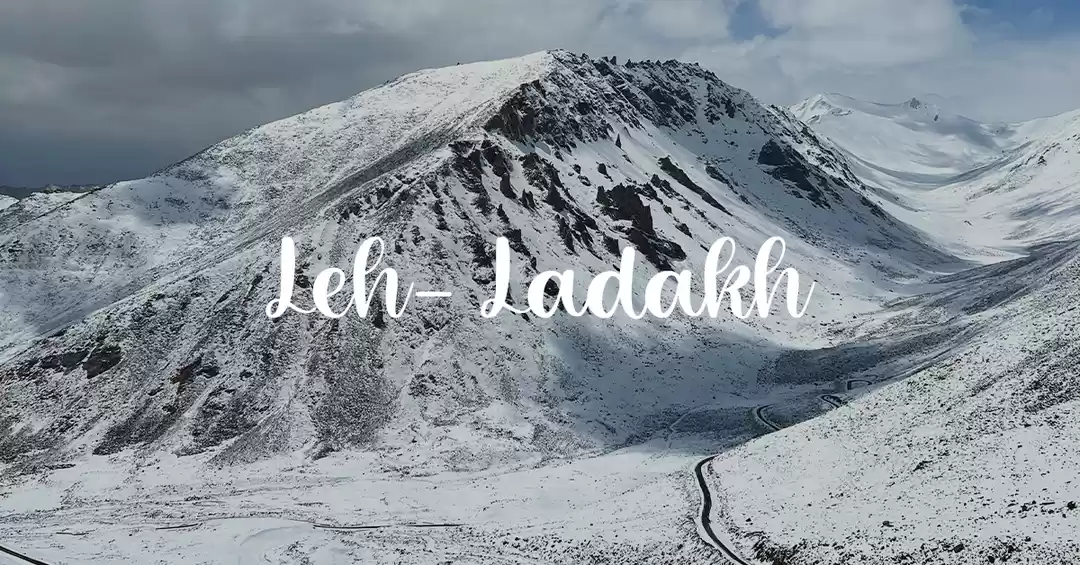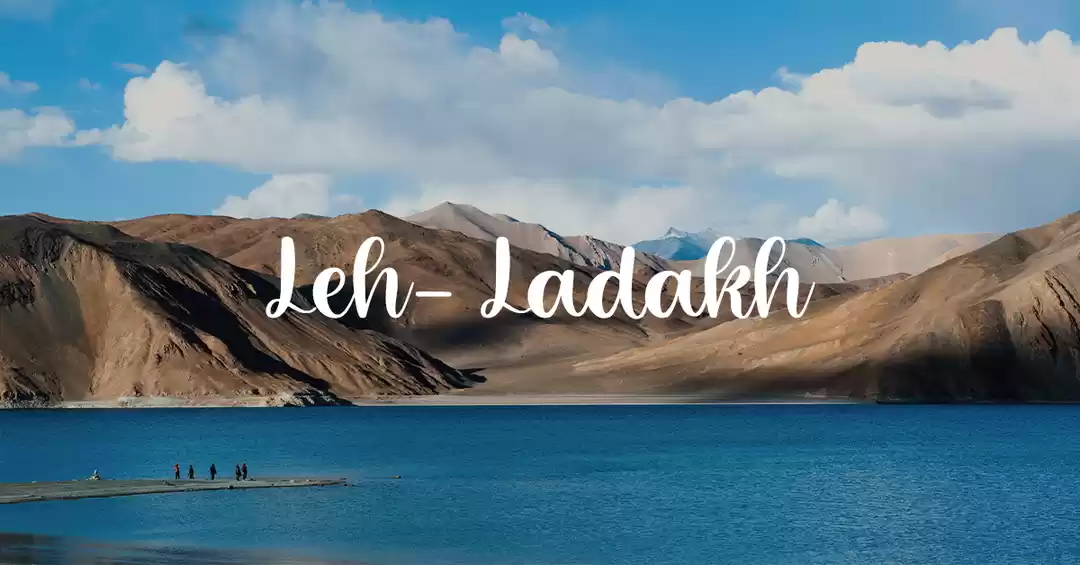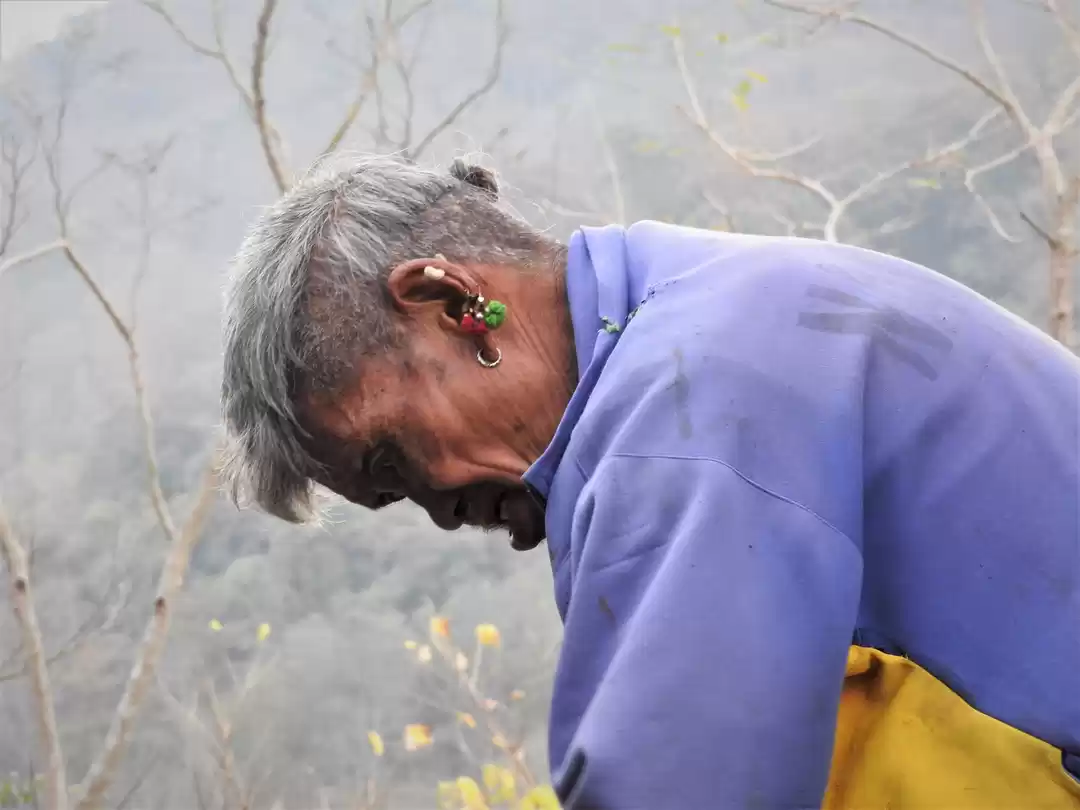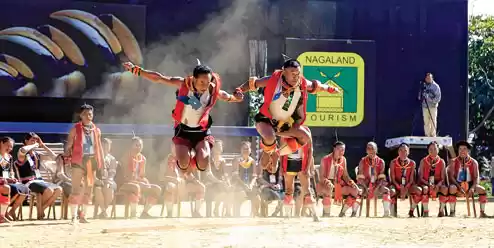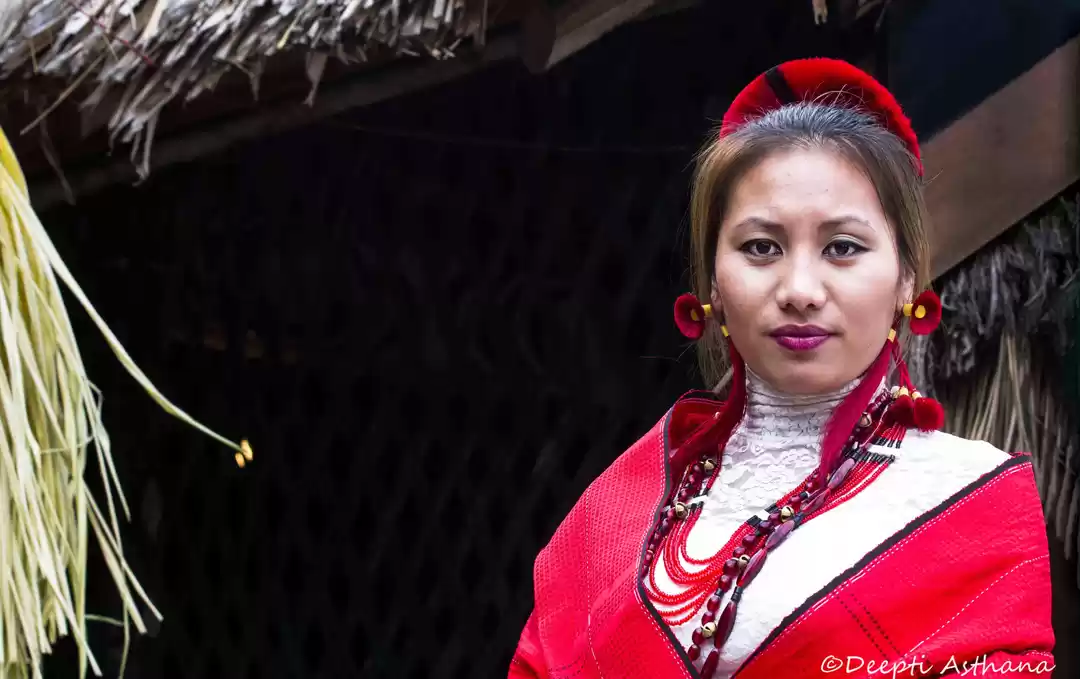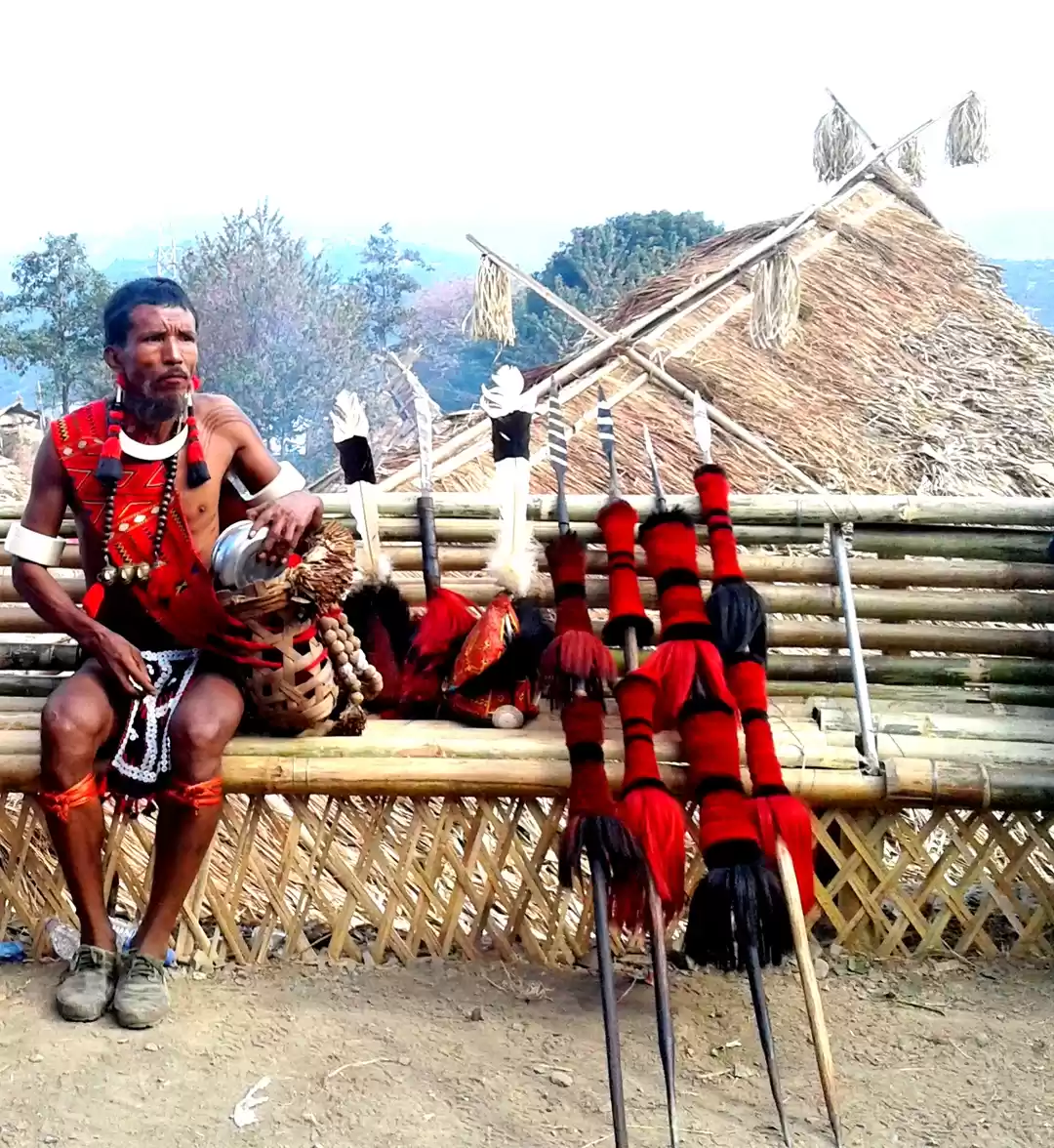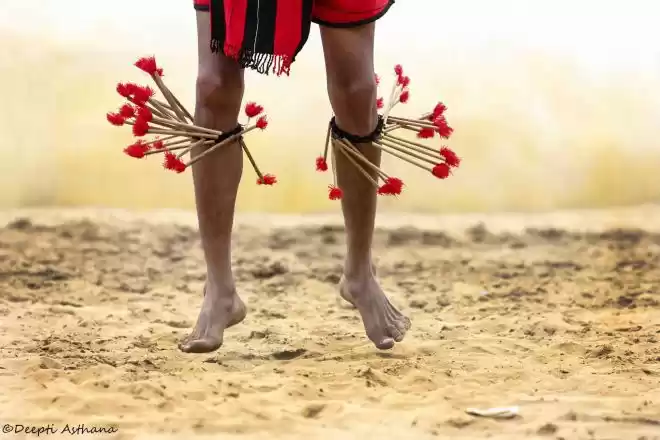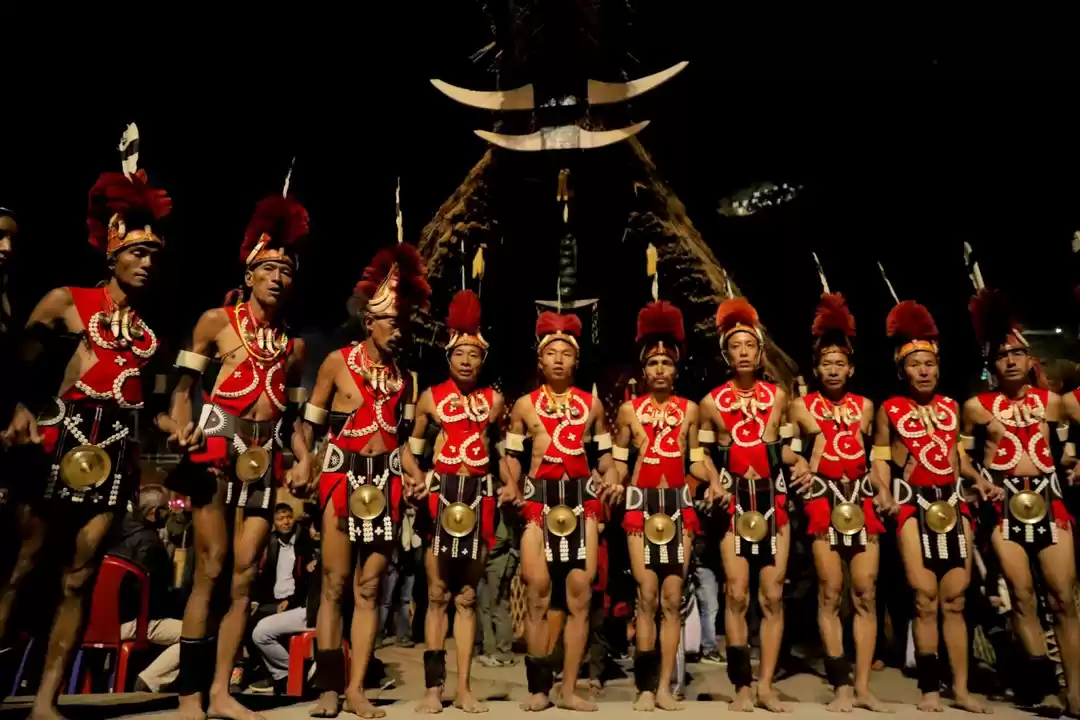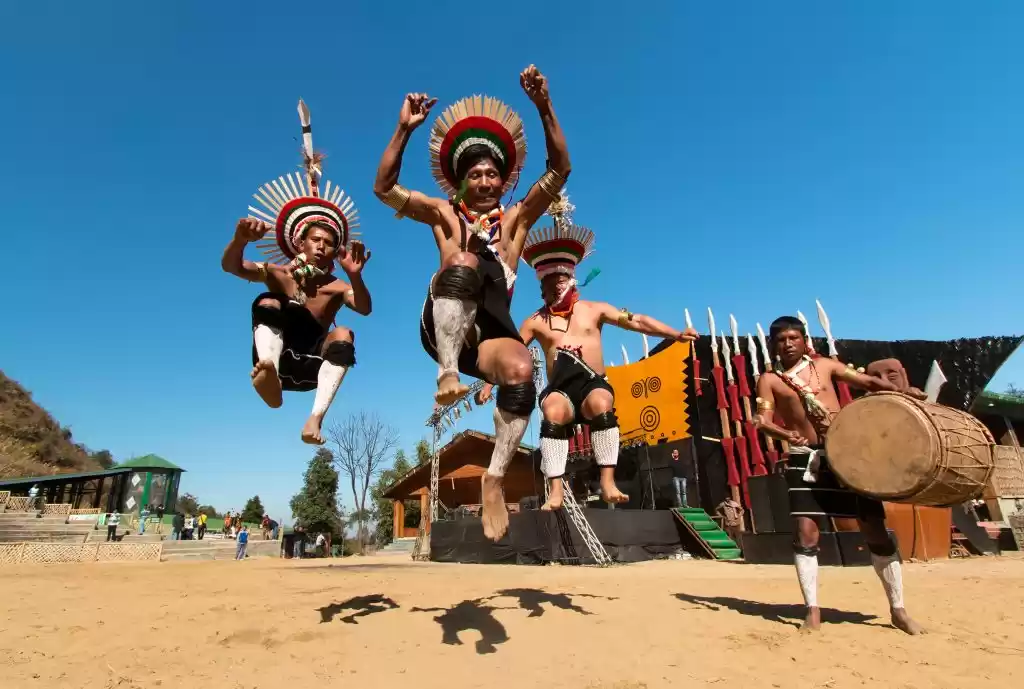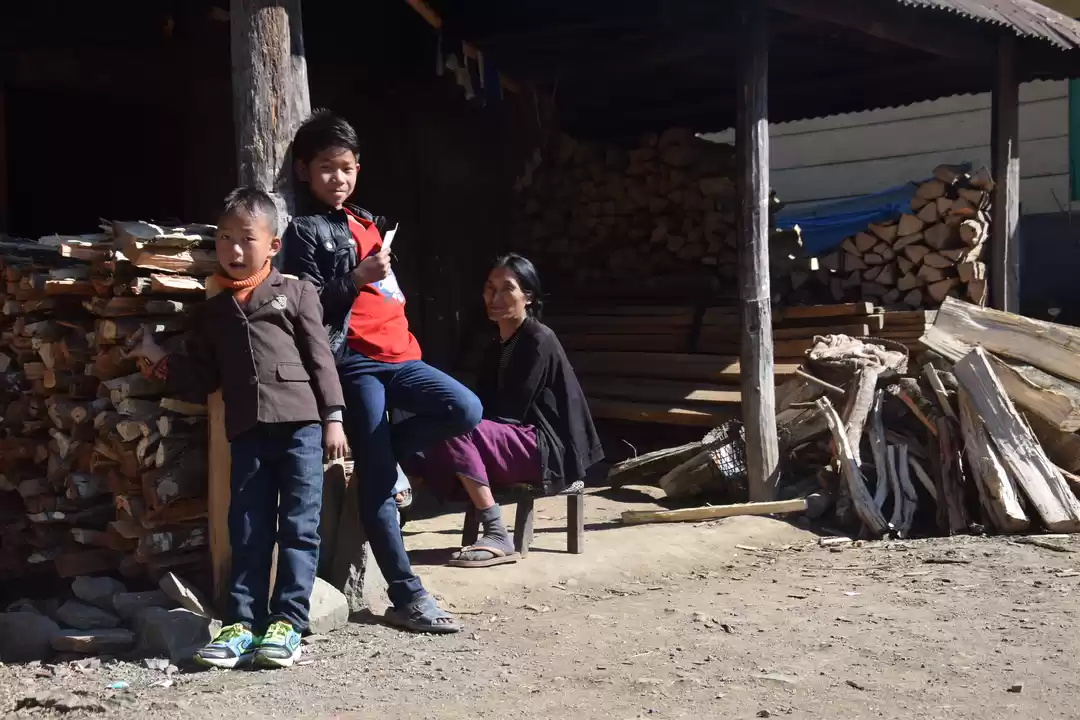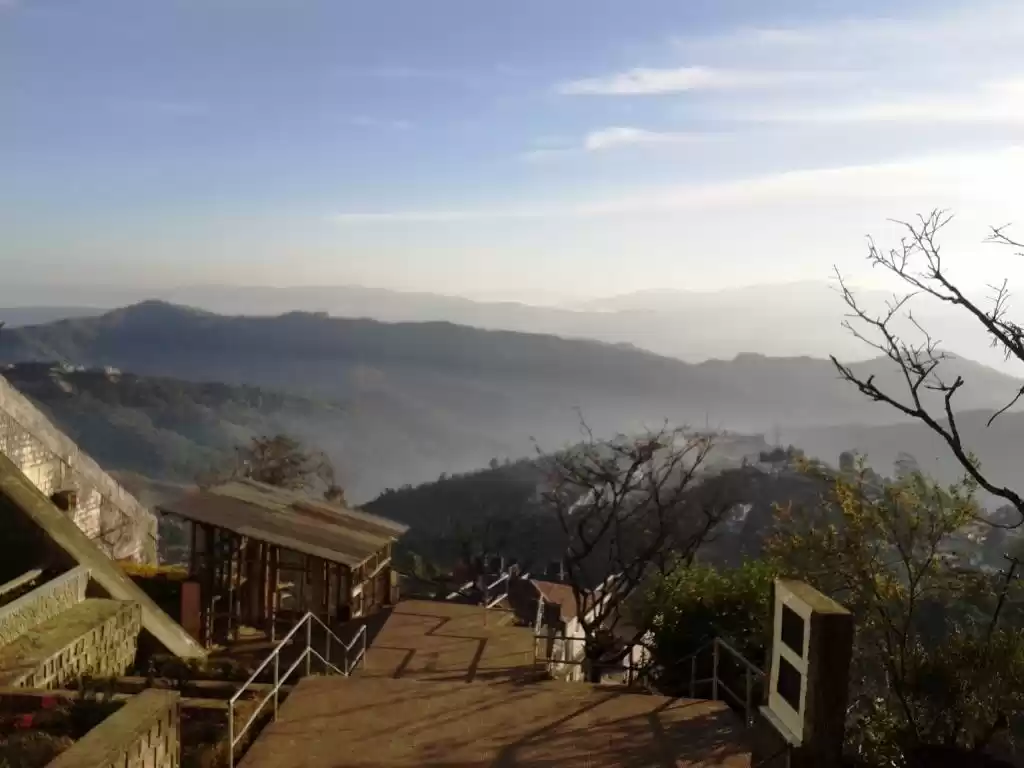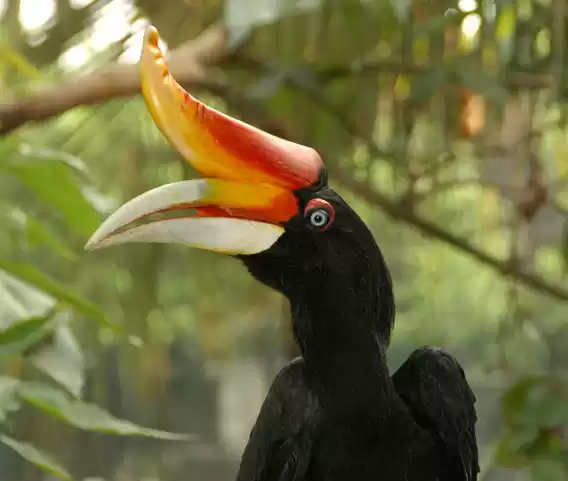
Visiting the Hornbill Festival was a last-minute decision and with the help of my friend, I obtained the Inner line permit to visit Nagaland state. Dimapur to Kohima is a 2 hours journey since the roads are under construction. On my first night there, I explored the Kohima Market and tried the traditional food there, soon after which, I left for Kisama where the Hornbill Festival is held every year.
I had no idea what to expect on the festival grounds, but when I first glanced at the festival arena, I knew that I was about to enter a world unlike anything I had experienced before.
The festival is appropriately called the "Festival of Festivals" and hailed as the "Window to Nagaland". The festival usually starts on December 1 (Nagaland Statehood Day) and extends till December 10.

Entry ticket:
The entry ticket to this experience of a lifetime is only Rs 30! You will need to purchase tickets separately for each day of the event. If you wish to take a camera to the event to capture the bewitching beauty of this vibrant festival, you will have to pay an additional amount of Rs 50.

The Hornbill festival heritage complex
The Heritage Complex consists of a cluster of 16 houses of each tribe. Each house is created in the indigenous architectural designs and include concepts with significance. The tribal house is also called Morung or Youth Dormitory. Colourful life and culture are a vital part of the 16 officially recognized Naga tribes. They are different and unique in their customs and traditions. These customs and traditions are further translated into festivals. Songs and dances form a soul of these festivals through which their oral history has been passed down generations.
Traditional arts which include paintings, wood carvings, and sculptures are also on display. The biggest rock festival of the country is hosted at Kohima every year during the Hornbill Festival. It is believed that singing and dancing is a way of life and comes naturally to the Nagas. Apart from this, an adventure car rally and various other contest and events are organized during the festival.


The Long-living Tribes:
Nagaland has an ancient history of tribes and they are 66 in number, including the sub-tribes. Out of these, 16 are considered as major tribes, namely Angami, Ao, Chakhesang, Chang, Khiamniungan, Kuki, Konyak, Lotha, Phom, Pochury, Rengma, Sangtam, Sumi, Yimchungru and Zeliang. Apart from a difference in language, all tribes have a similar leafy dress code, eating habits and traditional laws. Nagas are mostly Christians. The state is regarded as the most Baptist state in the world as 75% of it is dominated by them. The soft-heartedness and hospitality of Nagas leave anyone visiting the place astounded. They have a zest for life and are very exuberant when it comes to celebrating festivals or any day of significance.
These tribes boast of folklore depicting the gallant acts of their ancestors. Their costumes aptly display the ancestral lineage. The design of shawl denotes the social status of the wearer. The attire worn by the males include a conical red headgear decorated with Hornbill's black and white feathers and wild boar's canine teeth. Also, one cannot overlook the majestic necklaces, the bangles and the tattoos which are reminiscent of the old age wars and sacrifices.



Folk Dance and Music of Nagas:
Owing to the cheerful nature of Nagas, dance and music are an essential part of their culture. The tribal dance and music will set your feet tapping. The dance is generally performed in groups on the folk songs perfectly synchronised with music through various musical instruments such as Asem (drums), Tati, Mouth Organ, Bamboo Flute, etc. The tribal dance becomes more extravagant by the virtue of the colourful and unique traditional costumes and jewellery. The folk songs narrate the stories of bravery, romance and historic incidents. Certainly, this place has some fantastic taste in dance and music which tourists tend to cherish.
A Dance by the Sangtam Tribe:
The Sangtam tribe belongs to the Tuensang district in Eastern Nagaland. It is surrounded by Mon and Longleng Districts in the north and north east respectively, Mokokchung in the northwest, Zunheboto in the southwest, Kiphire in the south, and Myanmar in the east. The most common practice of agriculture is Jhum-Shifting cultivation. The main crops are Rice Maize, Millet, Kholar bean etc.As per the oral history, it may be mentioned that the name Sangdang village was derived from a traditional practice by the people, who use to live in elevated platform house called Sangdang meaning platform. Sangtams were also among the first group of people (now Nagas) who were brought from Mongolia to China and deployed in the construction of the Great Wall of China. –they then migrated to Myanmar and Nagaland.

Chakhesang tribe won the first position:
Tug of War Competition at the Naga Heritage village Kisama on 7th December, 2017.(DIPR)
In the 18th Edition of the Hornbill festival 2017, the department of Youth Resources and Sports organized Tug of War at the Naga Heritage village Kisama on 7th December 2017.
Tug of war is organized as per the tradition and as the major indigenous games of Tribal Nagas, in the olden times where two or more teams participate against each other in a test of strength, endurance and co-ordination of the participants. The indigenous game of wild rope is measuring around 10-15 meters long.
14 tribes participated including eight members from each tribe where the Chakhesang tribe won the first position and walked away with a cash prize of Rs. 20,000/- and the second prize was bagged by the Ao tribe who walked away with Rs,10,000/- respectively.
Warrior Background of Nagas:
Tribe traditions and loyalties play an important role in Naga society. They have a strong warrior background; they used to make armed raids to the nearby villages. Once a prevalent ritual, Head Hunting has now become obsolete. In this ritual, the warring tribes used to take the heads of their enemies in order to establish triumph.
Nagaland Food:
The soft and sweet spoken Nagaland people do not mind spiciness in their food. The kitchen in every household of Nagaland has some good deal of spices stored. Even the ginger used by the people in this region is different from the regular one. The spiciness and aroma which their ginger comprises are hard to find elsewhere. Nagaland is the home of Bhut Jolokia, one of the spiciest chillies in the world.
The people here prefer steaming their food to frying. All the tribes have distinct cuisines which use meat, fish and fermented products extensively. The locally grown herbs, ghost peppers, ginger and garlic are used a lot in almost all the dishes.

Kohima Night Bazaar :
This is an interesting aspect of the Hornbill Festival. The stretch of the Kohima Main town comes alive for 7 nights during the Hornbill Festival with food, music, and fun Festival highlights include Traditional Naga Morungs Exhibition and sale of Arts and Crafts, Food Stalls, Herbal Medicine Stalls, Flower shows and sales, Cultural Medley-songs and dances, Fashion shows, Beauty Contest, Traditional Archery, Naga wrestling, Indigenous Games, and Musical concert.

Exhibition by Indian Army:
It’s always a privilege to attend an exhibition conducted by our Indian Army. The information of provided on artillery, rifles, guns, grenade launchers and various other equipment’s and weapons used in wars. The selective people are given badge and happiest moment is when you earn that badge.
Received a batch from Assam rifles on 7 Dec #salute #respect #indianarmy
The Armed Forces Flag Day or the Flag Day of India is a day dedicated to India towards collection of funds from people of India for the welfare of the Indian Armed Forces personnel. It has been observed annually in India on December 7 since 1949. Over the years, it has become a tradition to commemorate this day as an honour to the soldiers, sailors and airmen of India.


Things to remember:
1. Accommodation becomes pricier and extremely scarce during the Hornbill Festival, so book well in advance.
2. Traffic is a problem during this time so keep enough time at hand to reach the venue.
3. A rally organised by the army is one of the key attractions of the festival; try to include this in your plan.
4. The famous rock show of the Hornbill festival showcases fabulous young talent. If you are fan of rock music, add this to your itinerary.
5. Take time to walk around the well-maintained war cemetery that houses more than 1400 graves of officers who fought the Battle of Kohima. It is located at the strategic junction of the Dimapur and Imphal roads, the site of intense fighting against the Japanese during a 64-day WWII battle.
6. Nagaland is officially a dry state – sale and purchase of alcohol is prohibited by law,
Getting there:
TRAVELING BY AIR
Travelling by air is by far the quickest way to reach Nagaland and many travellers opt to fly here rather than travelling overland.
There are regular flights to and from Dimapur Airport. Flights are operated by major domestic airlines including IndiGo and Air India from Kolkata and Guwahati.
Another option is to fly to Imphal and then travel onwards to Kohima by road which would take around 4 hrs. Flights, as before, are operated by major domestic airlines including IndiGo and Air India from Kolkata, Delhi and Mumbai. Buses and taxis are available locally. The Nagaland State Transport Bus Station is probably the best option. This can be found at NH39, DM College Campus, Imphal, Manipur 795001.
TRAVELLING BY RAIL
You can travel from Kolkata to Nagaland (Dimapur) by rail. The journey takes around 24 hours.
The only direct train that operates every day is KAMRUP EXPRESS operated by Indian Railways and departs Howrah Junction railway station (Kolkata KOAA). This train continues to Dibrugarh for those wishing to travel to the North of Nagaland.
On Wednesdays there are 2 additional direct trains.
1. NEW TINSUKIA EXP
Departs HOWRAH JUNCTION RAILWAY STATION (Howrah, Kolkata KOAA). This train continues to Dibrugarh for those wishing to travel to the North of Nagaland.
2. KOAA DBRG EXP
Departs KOLKATA RAILWAY STATION. This train also continues to Dibrugarh for those wishing to travel to the North of Nagaland.
Alternatively, combining air and rail travel by flying to Guwahati in Assam and onwards by rail to Dimapur is a popular option with many visitors to Nagaland. This journey from Guwahati to Dimapur takes around 5 hours. You will need to book tickets at Indian Railways or buy your ticket locally at the station which can be found at Pan Bazaar, Station Rd, Mawhati, Paltan Bazaar, Guwahati, Assam 781001. Flights are operated by most major domestic airlines including IndiGo and Kolkata and Guwahati.
Multiple trains operate all day from Guwahati, the fastest being:
JAN SHATABDI EX – Departs GUWAHATI RAILWAY STATION (GHY). This train continues to Jorhat for those wishing to travel to the North of Nagaland.
Note this train does not run on Sundays. Please check with Indian railways for other trains.
TRAVELLING BY ROAD
After reaching Nagaland, either by rail or air, it is possible to hire a taxi to most locations in Nagaland.
Keep Exploring
Cheers,
Escaping soul







